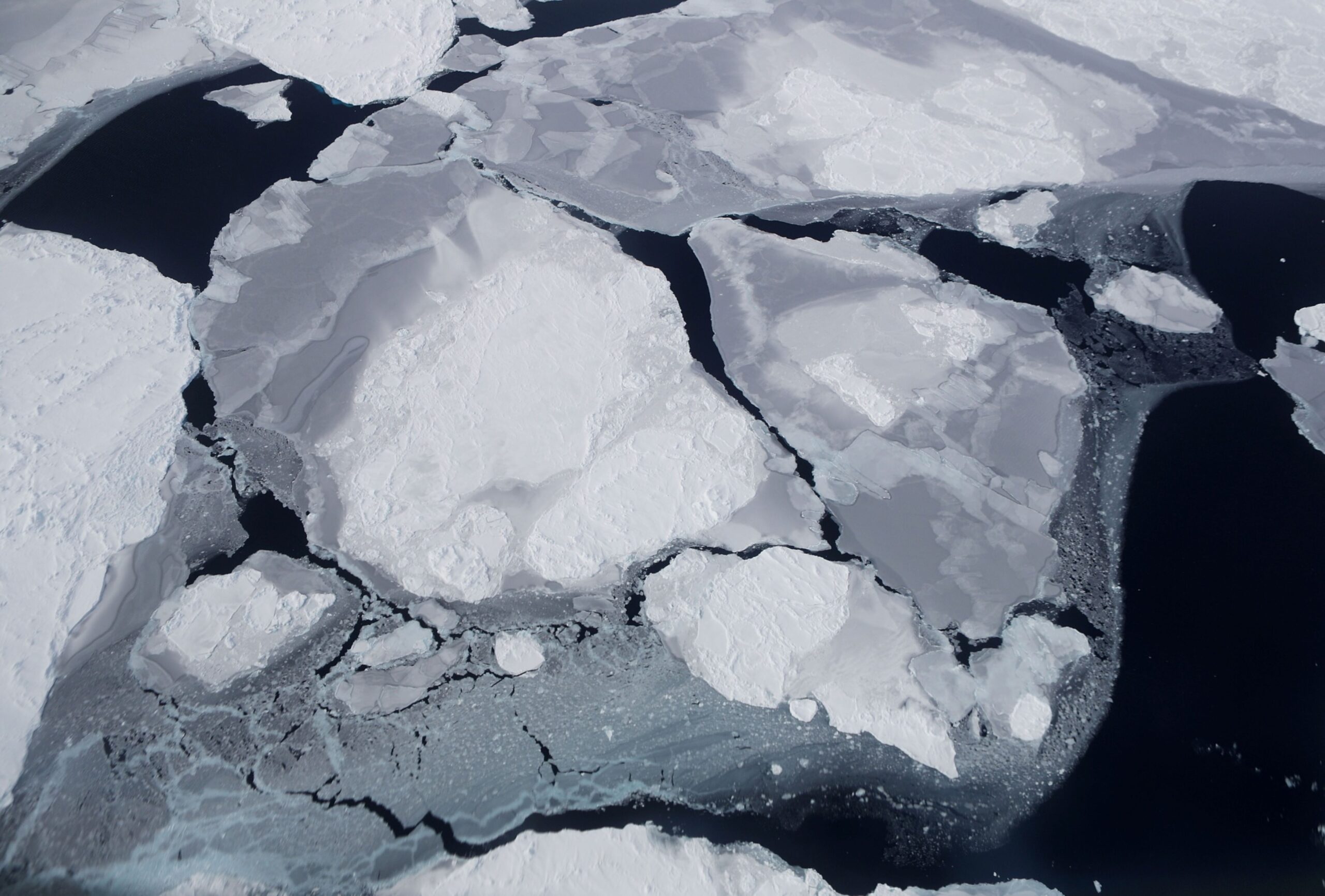
The rapid melting of West Antarctica’s ice sheet owing to warm waters surrounding it is now unavoidable, regardless of how much carbon emissions are reduced, according to a new study. If the ice sheet were to melt completely, it would raise the global mean sea level by 5.3 meters (17.4 feet), potentially harming millions of people living in vulnerable coastal cities worldwide, including India.
Even if global warming is limited to 1.5 degrees Celsius above pre-industrial levels, water in West Antarctica will continue to warm three times faster than in the twentieth century, resulting in greater melting of the region’s ice sheet, according to the analysis.
The study, titled ‘Unavoidable future increase in West Antarctic ice shelf melting over the twenty-first century,’ was published last week in Nature. It was conducted by Kaitlin Naughten and Paul R. Holland of the British Antarctic Survey, as well as Jan De Rydt of Northumbria University (UK).
But, first, what exactly is an ice sheet?
An ice sheet is a mass of glacial ice that covers more than 50,000 square kilometers of land—roughly the size of Uttarakhand. Today, the planet has two large ice sheets: the Greenland ice sheet and the Antarctic ice sheet. They contain almost two-thirds of all freshwater on the planet.
“This means that over time, when ice sheets gain mass, they contribute to a fall in global mean sea level, and when they lose mass, they contribute to a rise in global mean sea level,” according to a report by the National Aeronautics and Space Administration (NASA).
What is the melting rate of the West Antarctic ice sheet?
Ice sheets melt through a variety of methods. One of these is when warm ocean waters melt ice shelves, which are the borders of floating ice sheets.
Naughten, one of the study’s authors, told The Indian Express: “Ice shelves stabilize the land-based glaciers just behind them.” When an ice shelf thins or disappears, glaciers accelerate, dumping more ice into the ocean and raising sea levels.” It is important to note that ice shelves and ice sheets are not the same as sea ice, which is the free-floating ice that surrounds the polar regions. Sea ice is formed when seawater freezes.
The same thing is happening in West Antarctica, specifically in the Amundsen Sea, which is the subject of Naughten’s research. For decades, the region’s ice shelves have been dwindling, glaciers have been melting faster, and the ice sheet has shrunk.
What are the study’s findings?
The scientists used a high-resolution computer model of the Amundsen Sea to conduct the investigation, which provides the most comprehensive assessment of warming in West Antarctica to date. They utilized the model to run a variety of 21st-century scenarios, totaling almost 4,000 years of ocean warming and ice shelf melting in the Amundsen Sea.
“We considered different trajectories for fossil fuel burning, from the best-case scenario where global warming is limited to 1.5°C in line with the Paris Agreement to the worst, in which coal, oil, and gas use is uncontrolled. We also considered the influence of natural variations in the climate, such as the timing of events such as El Niño,” the researchers write in an article published in The Conversation.
The findings are bleak. All scenarios predict severe and widespread warming of the Amundsen Sea in the future, as well as increased ice shelf melting. Furthermore, the possibilities up to 2045 show little to no difference.
“Ocean warming and ice-shelf melting in the 1.5°C scenario is statistically the same as in a mid-range scenario, which is closer to what existing pledges to reduce fossil fuel use over the coming decades would produce,” the researchers add in their article.
This will very certainly result in greater sea-level rise, affecting coastal towns around the world, including India.
“India has a long coastline and a dense population and is therefore vulnerable to sea level rise. If coastal communities cannot afford to defend against the rising seas, for example, by building walls, the people would have to move elsewhere or become refugees,” Naughten tells The Indian Express.
Is there any hope left?
Although the findings are dismal, the report emphasizes that they should not deter attempts to minimize the effects of climate change. The melting West Antarctic ice sheet, according to the experts, is just one component of sea level rise, which is just one effect of climate change.
“We have reached the point where some impacts of climate change can no longer be avoided, and substantial ice loss in West Antarctica is probably one of them. But climate change is not all or nothing, and there are many other impacts that we can still avoid or limit, like the loss of the East Antarctic Ice Sheet or the severity of heatwaves, droughts, and extreme rainfall,” Naughten says.
